

PORTFOLIO
Anyu Zhang
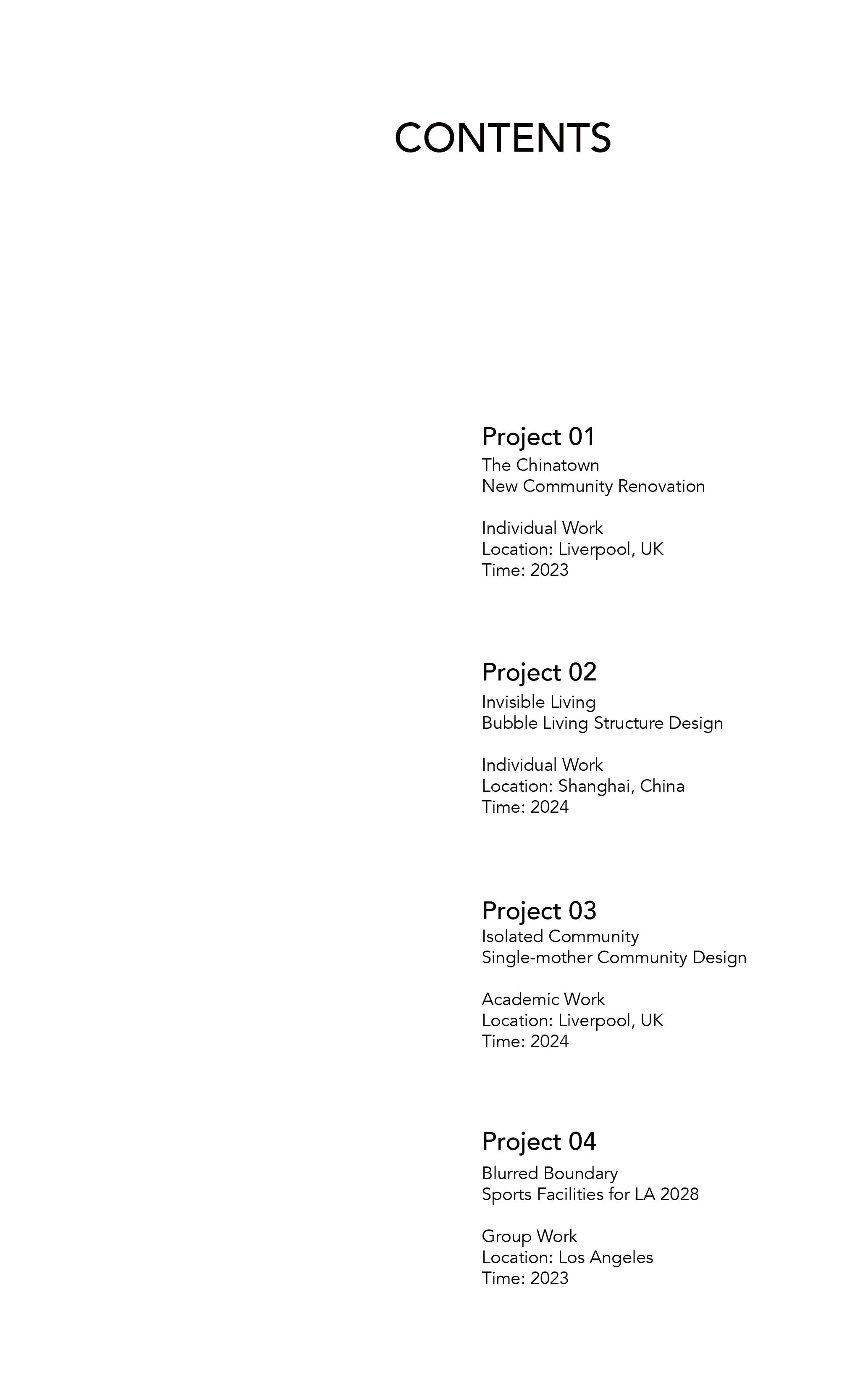




The Chinatown New Community Renovation
1/Individual Work
2/Location: Liverpool, UK
3/Time: 2023
Liverpool’s Chinatown is the world’s first Chinatown. Through the survey of Chinatown around the world and its construction methods, we can get different activities corresponding to the different kinds of facade of The Chinatown. These hybrid façades not only reflected the living conditions of the first generation of immigrants but also catered to the local residents' Orientalist views. This allowed the early immigrants to shield themselves behind these stereotypical masks, as a way to cope with the prevalent racism of the time.
In Liverpool, as the community evolved and new immigrants brought different lifestyles, these old façades no longer met the needs of the new generation, and the vibrancy of Chinatown has shifted elsewhere. This project aims to revitalise the declining Liverpool by reconstructing new façades and re-integrating them into the area, breathing new life into the Chinese group.
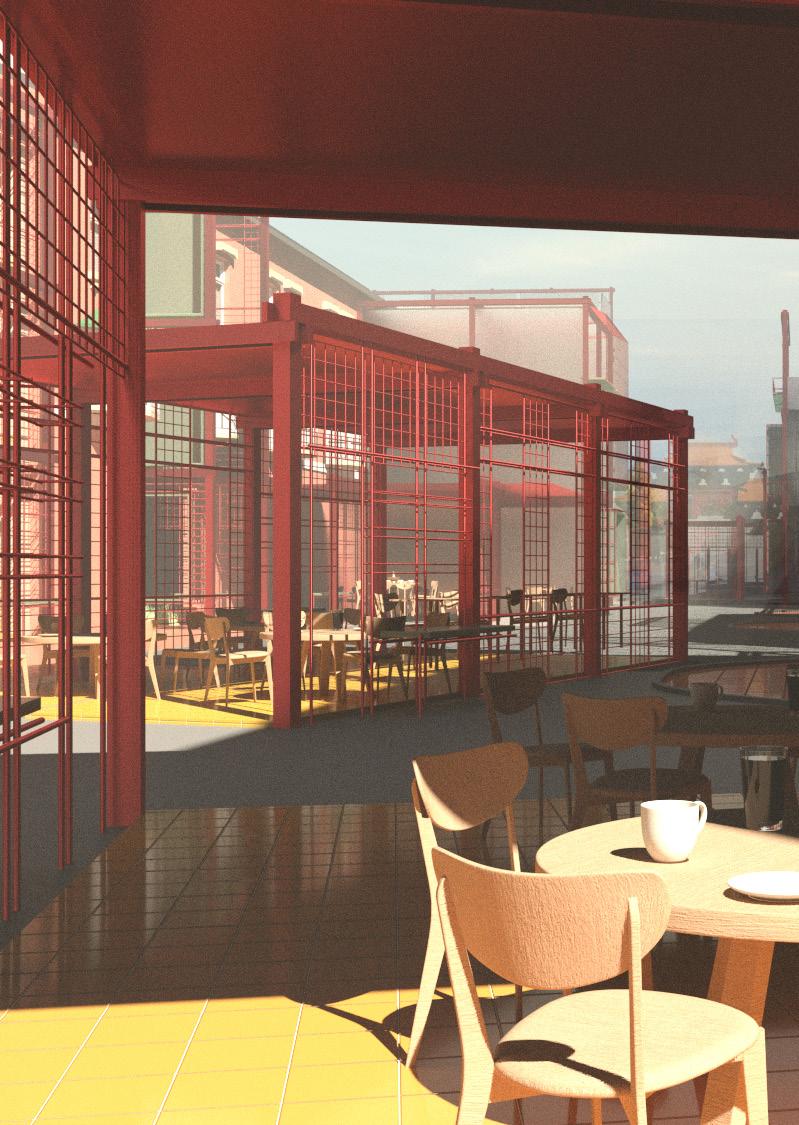
Chinatown Analysis
The Phenomenon of Chinatown
Chinatowns around the world have transformed their facades by using stereotypical Chinese symbols to create orientalist ethnic enclaves.
London, UK

Imperial Arch


Chinatowns around the world have created the image of a Chinese national enclave by altering the façade with stereotypical Chinese elements, and London's Chinatown uses lanterns as well as the imperial arch.
Toronto, Canada

Red Facade

Bangkok, Thailand

San Francisco, USA

Manhattan, USA

Los Angeles, USA

Stereotypical Chinatown Streets
The diverse elemental approaches through the façades converge to form a stereotypical Chinatown street.
Imperial Arch
It serves as a starting point for the Eastern ambience of the block.
Painting the facade red is the most typical expression of the stereotypical image of
Shop Signs

The Lanterns


Lion Dances


Ancient Decoration



The
Toronto's Chinatown painted the street facades red to create the stereotypical element of Chinese red walls.
Bangkok's Chinatown is lined along both sides of the street with shop signs, demonstrating the stereotypical way Chinese shops change their façades.
Chinatown in USA is also hung with lanterns, and other elements of the street, such as light poles and bins, have been decorated with traditional Chinese texture and dragon elements.
In addition to façade decorations, Chinatown will also feature traditional Chinese events to create the ethnic enclave's atmosphere, such as lion dances and dragon dances.
In L.A.'s Chinatown, elements of ancient Chinese architecture are the main way to change the façade.
Shop Signs
Ancient Pagodas
Dragon Dances
Red Facade
Classical light pole
The Lanterns
Lion Dances
signs hunging on the facade let the shop from the interior to the street.
Chinatown.
The light poles are decorated with traditional Chinese textures and dragons that blend into the street as part of the facade.
Hanging lanterns spread over the street is also one of the ways to create the atmosphere of the facade.
The facade approaching does not stop at decoration; stereotypical Chinese activities, such as lion and dragon dances, are also integrated into the facade expression.

The Way to Build Chinatown
Through the use of several typical stereotypical elements to change the facade, the first-generation immigrants changed people's perception of Chinatown and created the atmosphere of an ethnic enclave and the sense of Chinese collective community.
Types of Chinatown Building
The facade shows different states on different floors and in different places. In order to study different facade states, it is necessary to investigate the corresponding architectural functions behind each facade as well as the activities and living conditions of Chinese groups.
Liverpool Chinatown Analysis
Site Plan

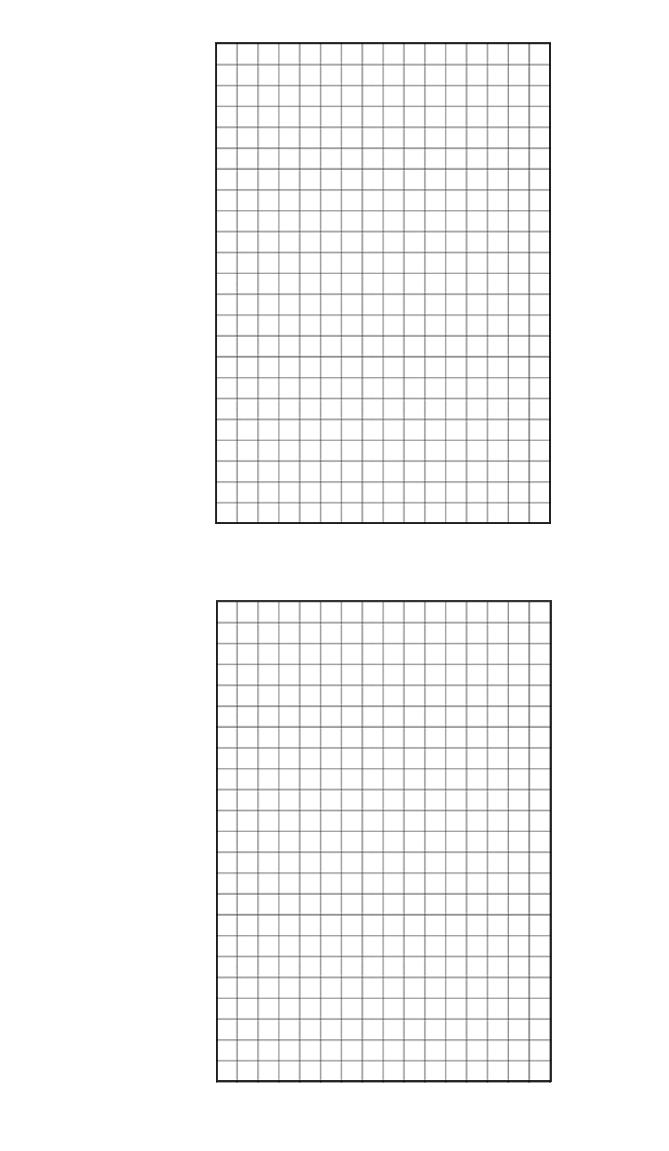

The Current State and Complaints
The Last
The Nook Bar used to be a gathering place for Chinese sailors, where they drank on the groung floor and played mahjong on the first floor.
Chinacity is a restaurant that provides catering and ktv activities. The catering section is on the ground floor, and upstairs is
The association only remaining in this community, residents sit drinking tea cards, gazing decaying and Chinatown.


The most typical Chinese restaurants are Cantonese and Hong Kong
The most primitive form is that the restaurant is on the ground floor, and the upstairs are residential areas.
With the relocation of residents and the development of the restaurant, the whole building has been expanded into the commercial part of the restaurant.


The most primitive form of the retail store is on the ground floor, and upstairs is the residential area.
The Chinese Super Market of the whole building was gradually established, which can support retail and wholesale.


Local Community Activity Association Last
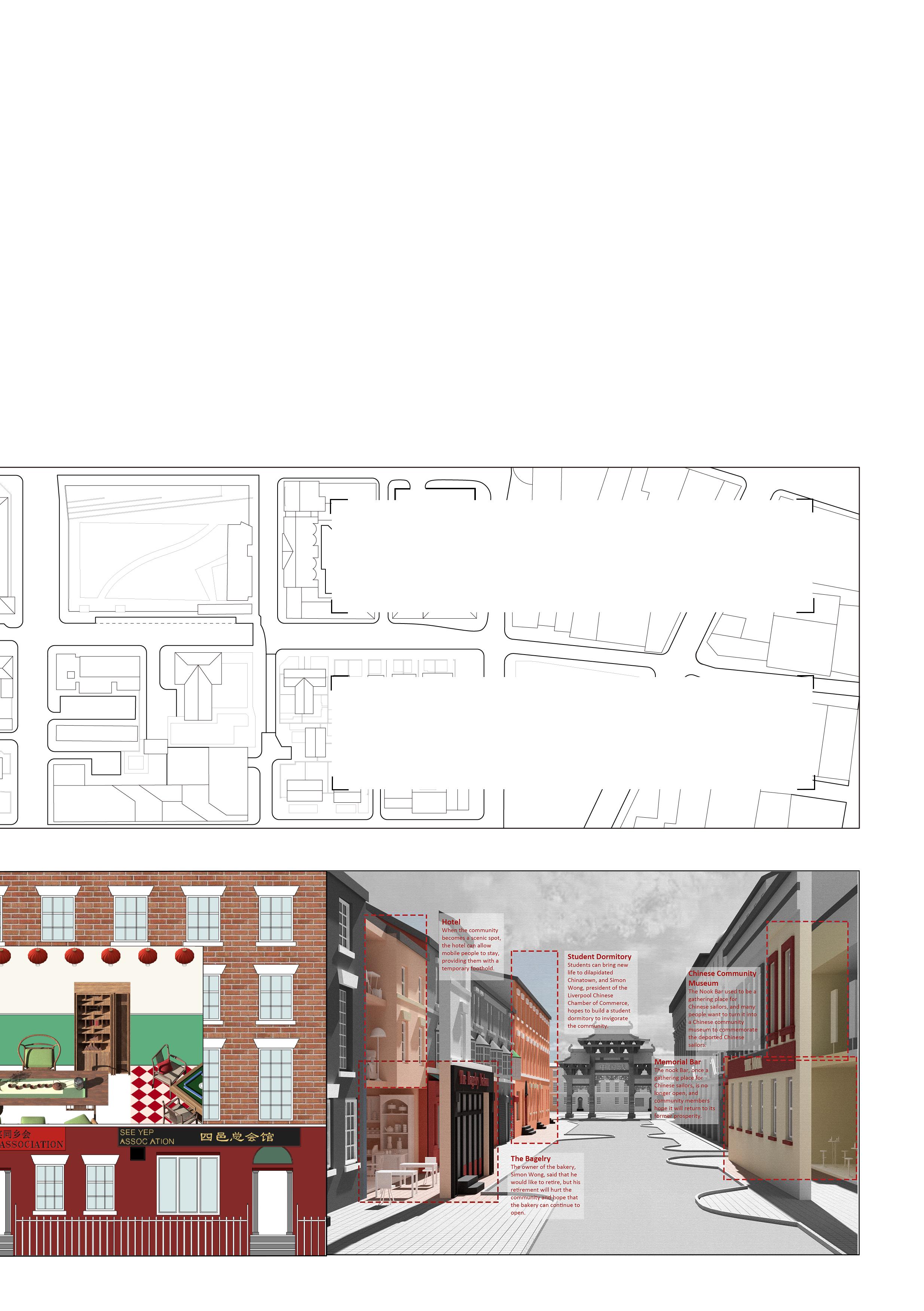
The hometown Association is named after the villages of Guangdong, which mainly carries the functions of teahouse, chess and card room and activity room.
is an organization that supports the Chinese community. The ground floor and the first floor are activity rooms, and the third floor is the administrative office.


Aspirations
Che Gong Tong Chinese Association
Facade Generation--Commerce
Chinese Market

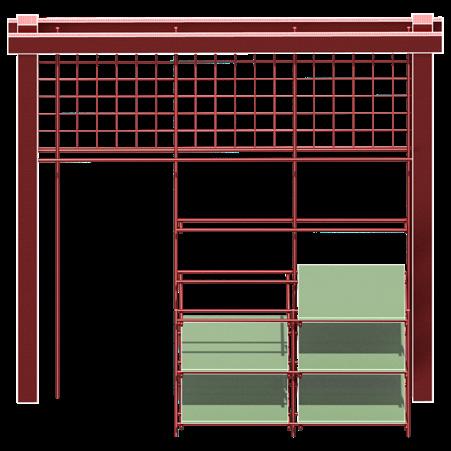
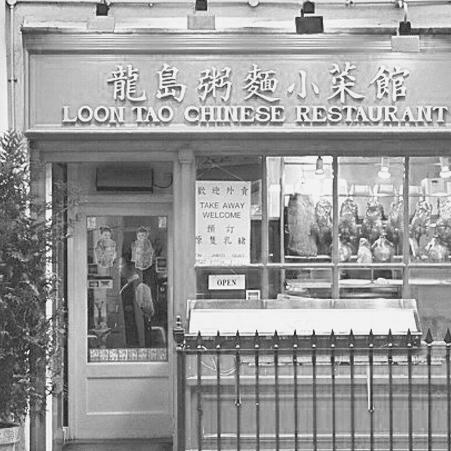

Seats will be provided in front of the Chinese restaurant for guests waiting for a table. And the upper grid structure of the façade can be used to hang shop signs.
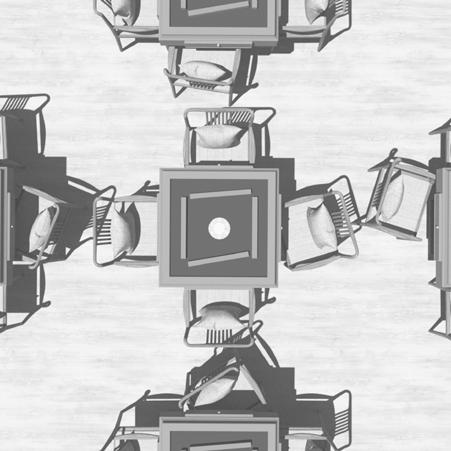
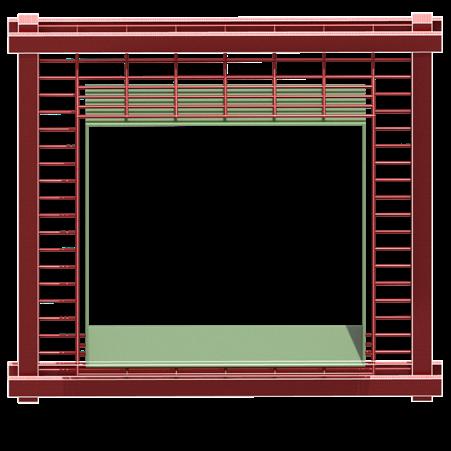
often use open square windows, which in feng shui means to attract wealth.

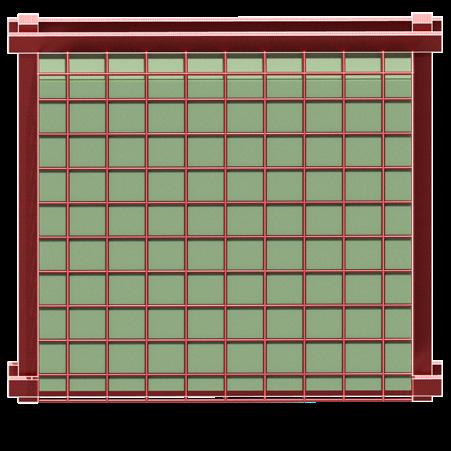




The Demand for Facade Renovation
After researching Chinatown the function, while creating But the old facade no longer revitalize Liverpool Chinatown.

Chinese Restaurant
Chess Room
Karaoke TV
Teahouse
Chinese Medicine Clinic
Chinese supermarkets stagger their shelves in front of the shop to display the products in the shop.
Boardrooms
Karaoke bars usually enclose the windows to create a dimly lit interior to ensure a singalong experience.
Teahouse needs an open façade to allow guests to experience the activity of the street while drinking tea.
The Chinese medicine cabinet is displayed on the façade of the Chinese medicine centre using a grid structure.
Teahouse
Chinese Restaurant
Chinese Market
Karaoke TV
Dining Hall
Chinatown and its facades around the world, we found that changing the facade and implying creating demand to cater to the local community, is the way to activate Liverpool Chinatown. longer meets the needs of the new era, so we need to find a new facade replacement way to Chinatown.

Facade Generation--Life











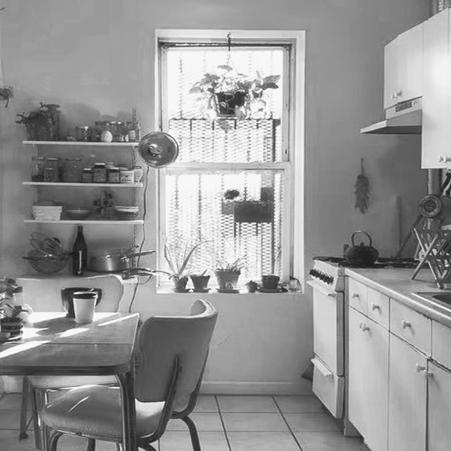
Window sealing is traditional for Chinese balconies, and this added structure can be used to hang clothes or items.
Chinese residents add small decks outside balconies to grow flowers and plants.
The outdoor staircase adds a platform for residents to interact.
In Feng Shui, the bedroom window should not face the bed, which means no dependence.
The living room should be brightly lit and ‘four corners and four square’, so it needs open, large square windows. The kitchen represents the family's food and wealth, and the diagonal void is used to welcome the god of the stove.
Chinese Medicine Clinic
Facade Circulation Balcony Bedroom Kitchen
Teahouse
Living Room
Chess Room Chess Room
Spiritual Space
Phase 1 Market Space
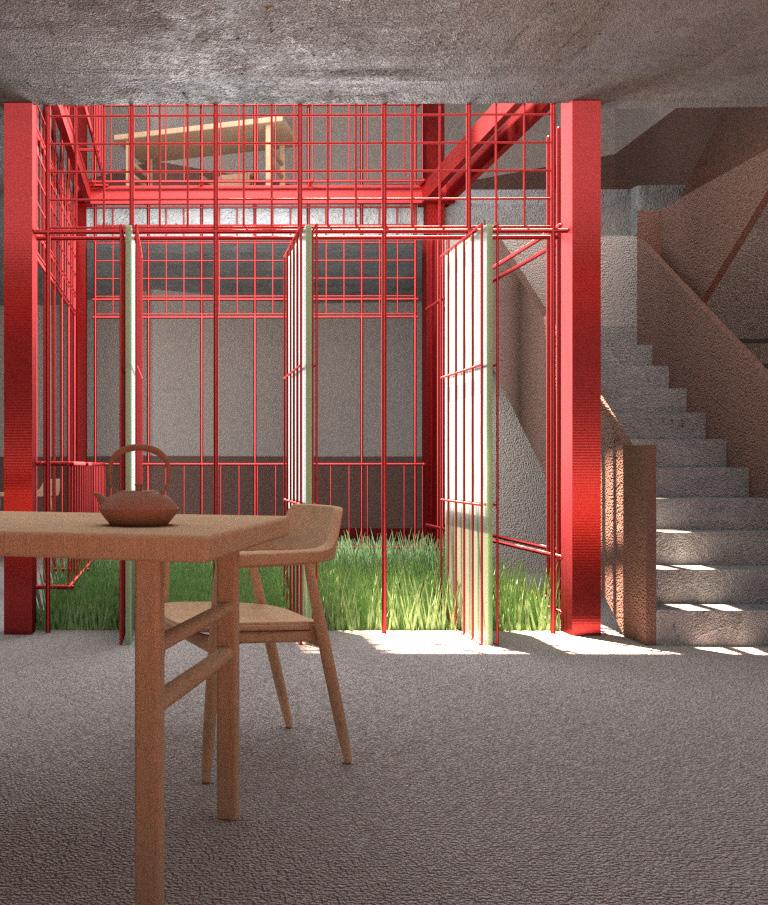
The teahouse is a daily custom area for Chinese people, and we created a courtyard in the middle of the house to introduce facade renewal, rather than leaving the
A unified architectural language are used to create a new facade system. Through the organization, patchwork and stacking of opposite units, people can identify different internal functions through the overall language of design.

We updated the facade of the commercial space, but at the same time kept the facade of the association, and did not change the remaining functional areas of Chinatown.
Market in front of the church
The new prayer area is superimposed in front of the church, and I follow the traditional Chinese technique of tying a rope and making a wish, which not only introduces the traditional Chinese spiritual culture, but also overlaps with the Western culture, implying that Chinatown is an ethnic enclave and community rooted in the rigid gaze of the West.

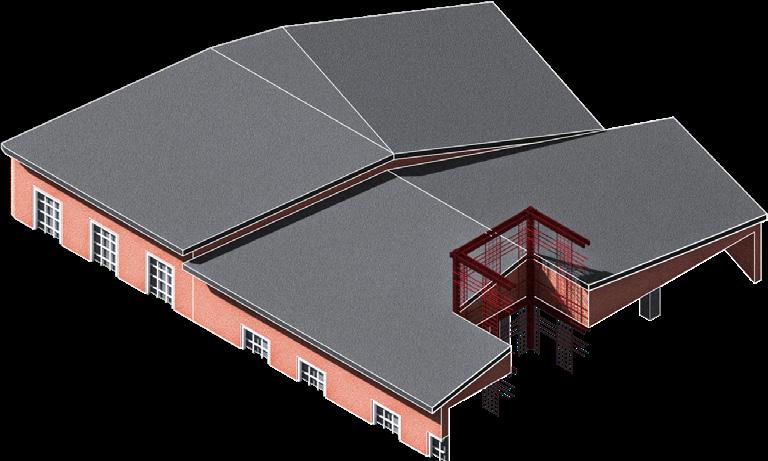










Market
Storge
Toilet
Teahouse
Supermarket
Teahouse
Chinese Market
Tea-drinking Square
facade just on the surface.
Phase 2 Co-living Space

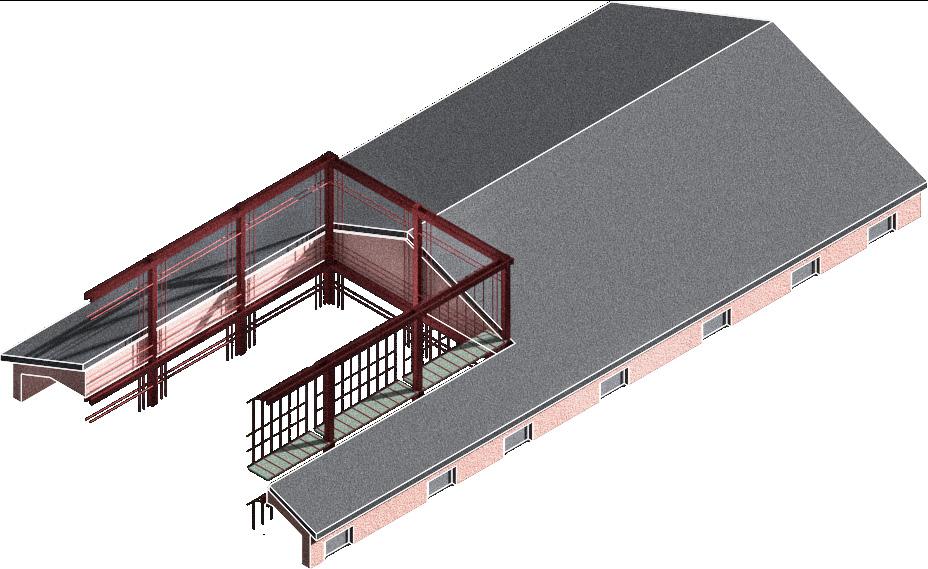


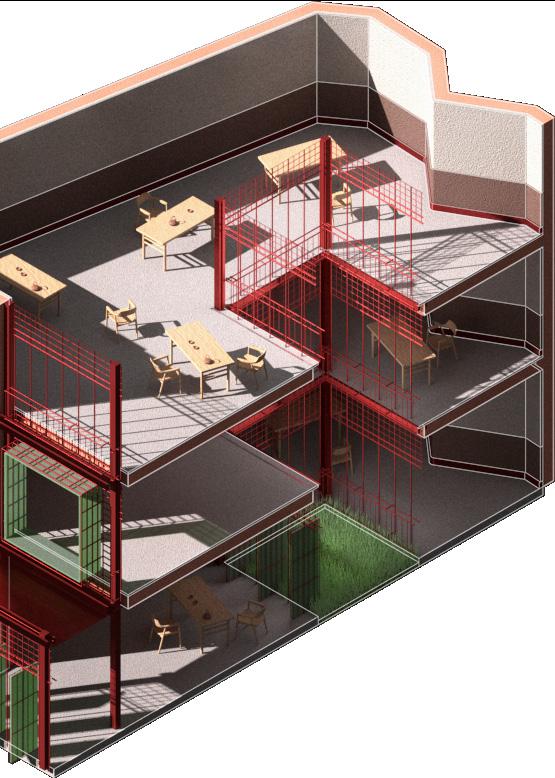





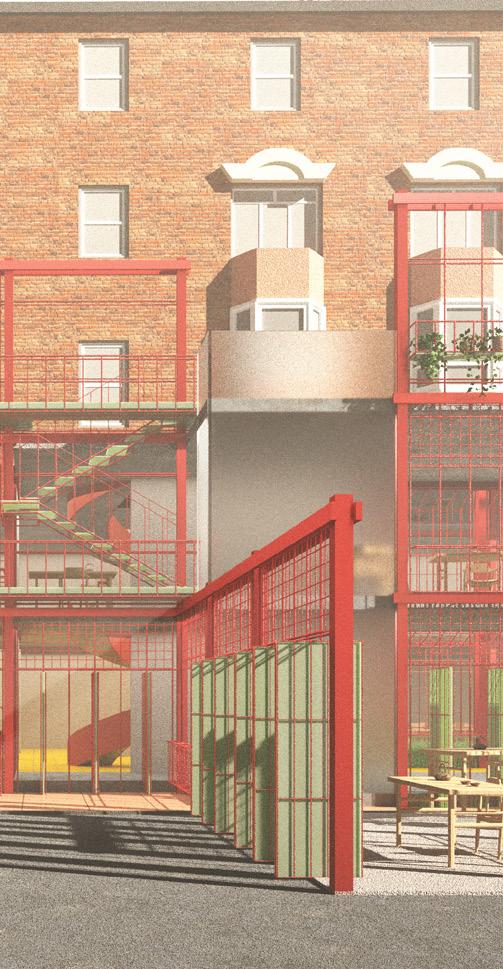
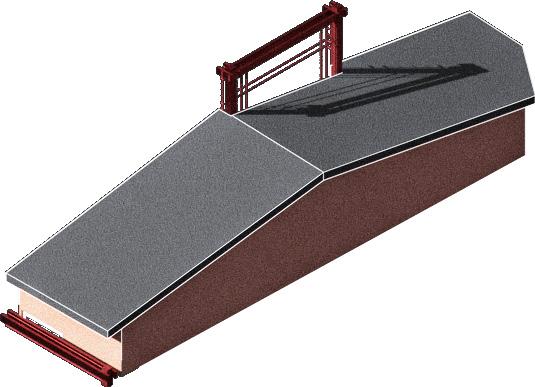
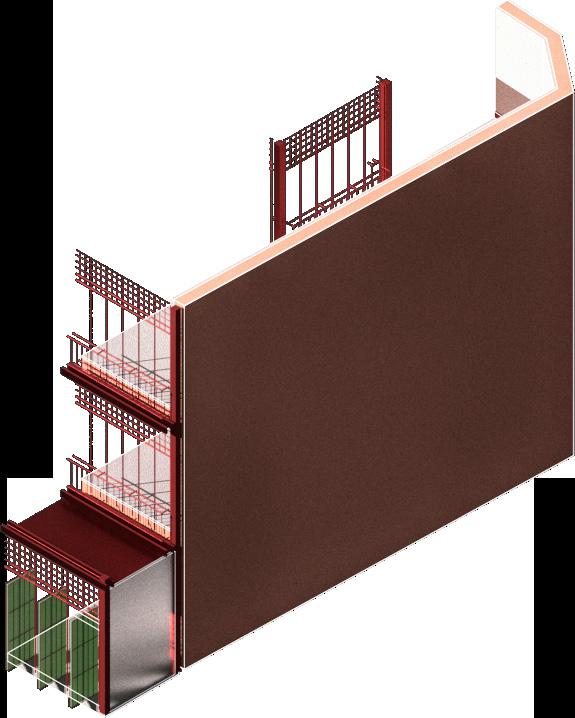


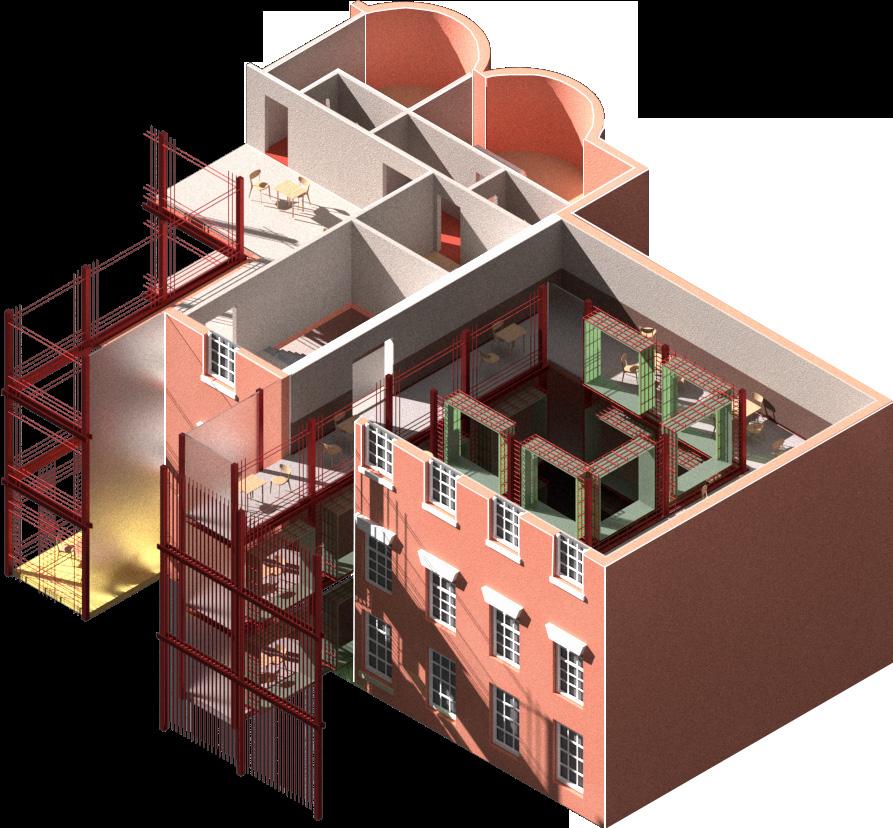
The facade of the old Chinatown will not change the facade and the structure of the house, only paint red walls and add decoration. However, the new era of Chinatown wants to create its own community and adapt to the combination of Chinese and Western lifestyle, thus the transformation of the facade needs to go deep into the building.
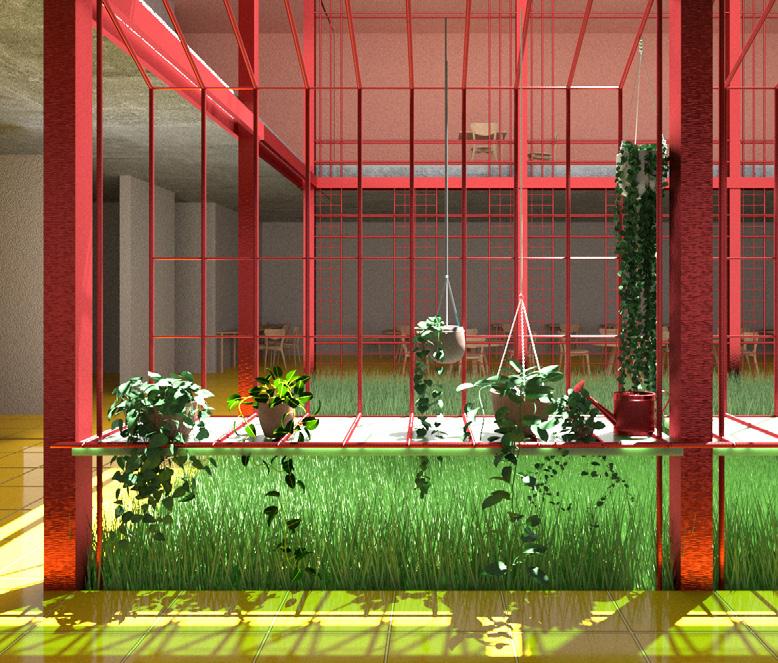

Mahjong Parlor
Dining Hall
Laundry Kitchen
Kitchen Toilet
Toilet
Teahouse
Sunroom
Teahouse
Teahouse Section
Co-living Square
Co-living Atrium
Living Room
Phase 3 Eating Space
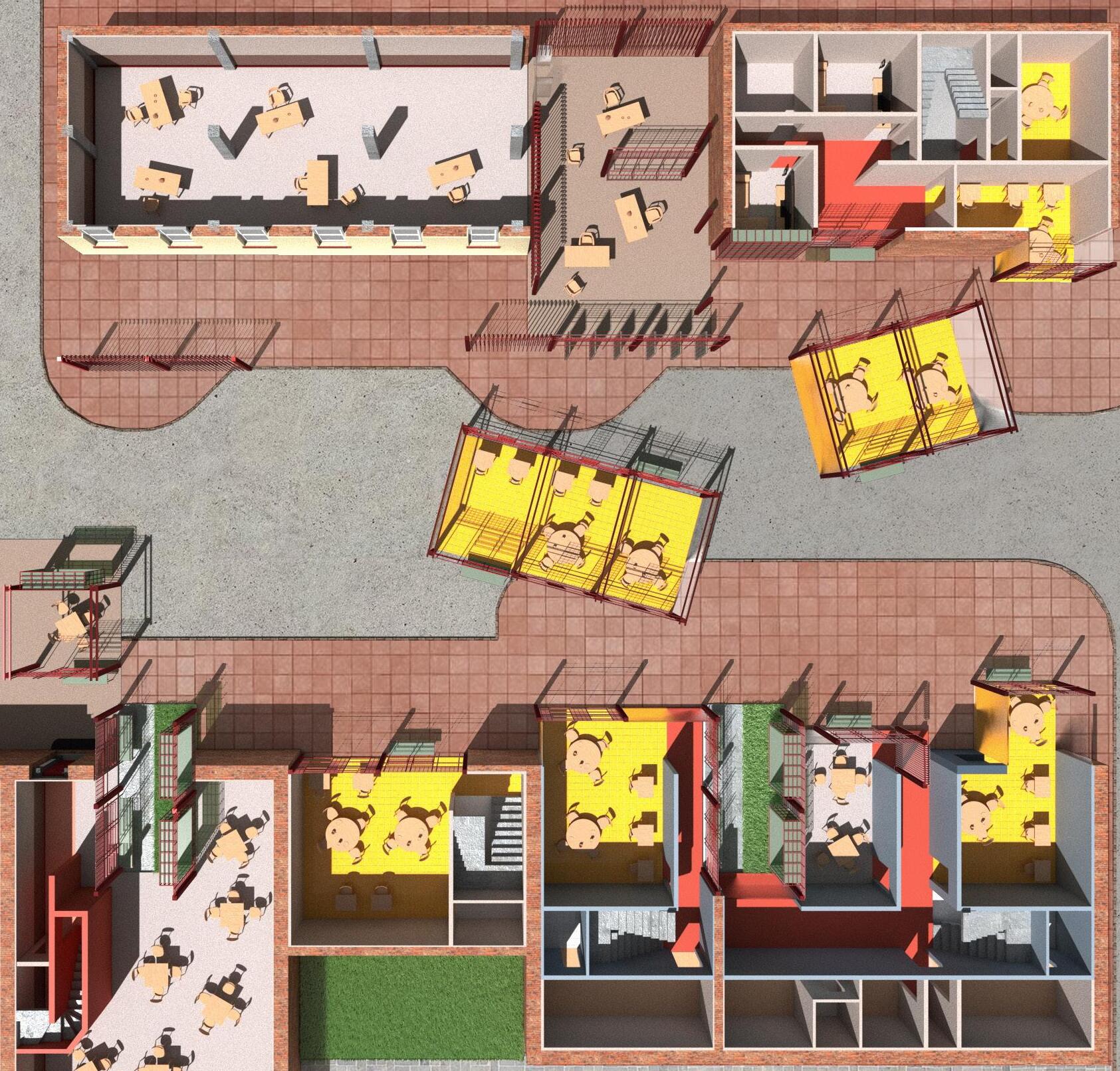








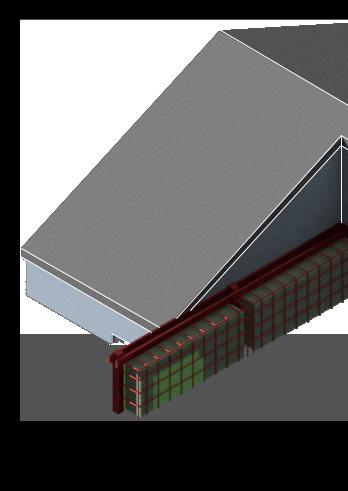
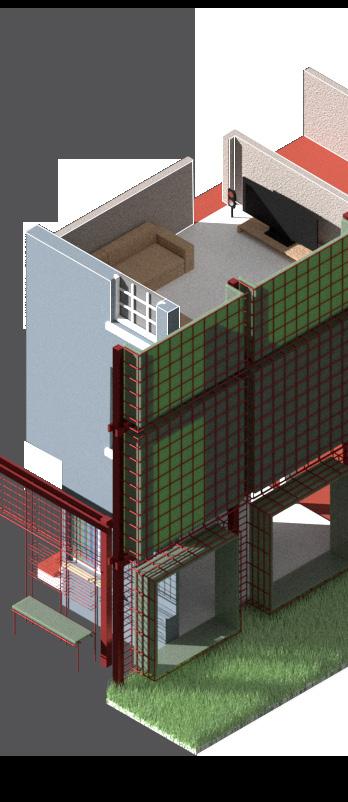



Teahouse
Teahouse
Mahjong Parlor
Restaurant Waiting Yard
Mahjong Room
Eating Square
The dining atmosphere of Old China Town has always stayed in the placement of street tables and chairs, without going deep into the facade form. But the dining culture is an important part, so we created a dining space.
The Nook: Former Site of the Crew Bar
Phase 4 Gathering Space


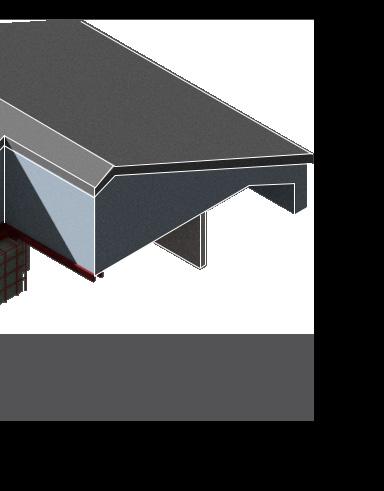






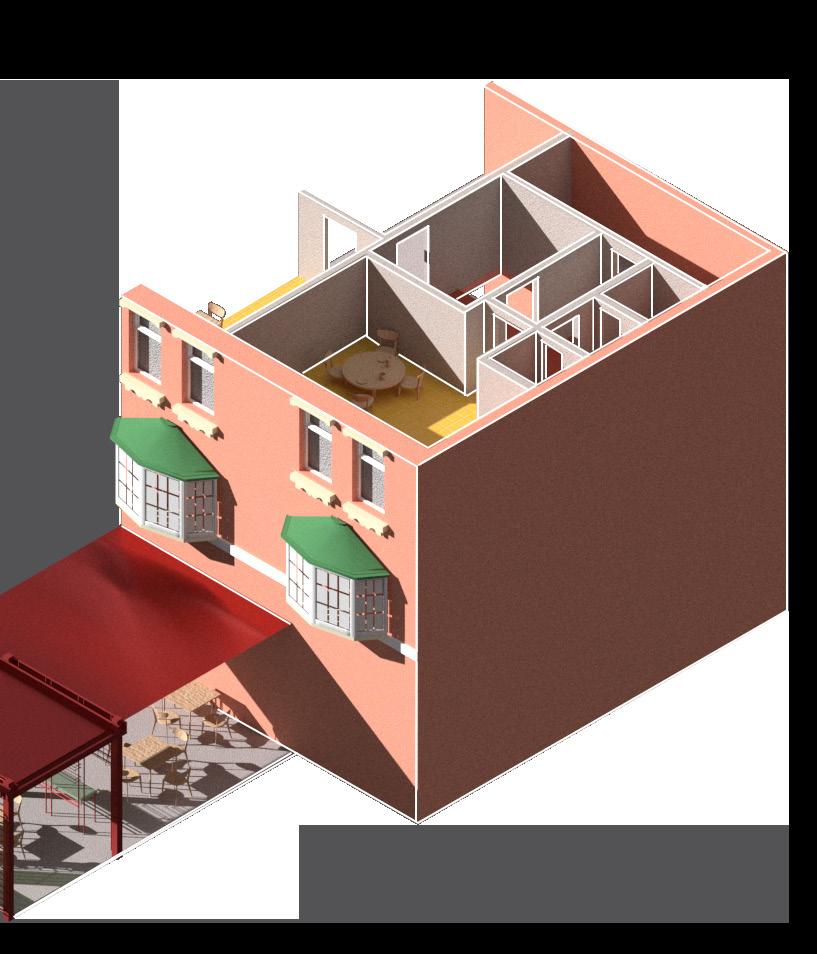

Mahjong is not only a form of entertainment for the Chinese, it is also associated with the Chinese practice of feng shui, with square Windows symbolizing smooth sailing.




The dining space is sometimes not attached to the building itself. And the habit of street eating was introduced into the new Chinatown.


The facade occupation of the square not only assumes the function of cultural gathering, but also means that the facade transformation does not only stay on the surface of Chinatown, but also creates the collective memory of the community through the form of facade transformation, and extends to the aspect of public occupancy.
Dining Hall
Mahjong Room
Cultural Festival Square
Dining Square in front of The Nook
Invisible Living Bubble Living Space Structure
1/Individual Work
2/Location: Shanghai, China
3/Time: 2024
The project explores the nomadic lifestyle and migratory history of the wandering ethnic group, the Gypsies, to derive invisible living methods. The research is then expanded to a broader societal context, identifying four types of invisible living: racial invisility, urban invisibility, homogeneity invisibility, and anonymous invisibility.
To achieve the goal of invisible living and accommodate the needs of different groups, the project investigates various forms of spatial occupation for living across different types of spaces. These include three specific sites: within buildings, in urban settings, and on wild wastelands, examining the diverse living forms of invisible residential units. The study further explores how bubblelike units can serve as supports, enclosures, partitions, and roofing components to establish collective communities of invisible living.
Finally, by utilizing materials with properties of reflection, refraction, and blurring, the project supplements the realization of different forms of invisibility. Invisible living through bubble structures not only helps isolated groups integrate into the city but also offers a potential approach to address the possibility of wandering becoming a mainstream lifestyle amid the growing trend of societal homogenization.




The Wandering of the Gypsies
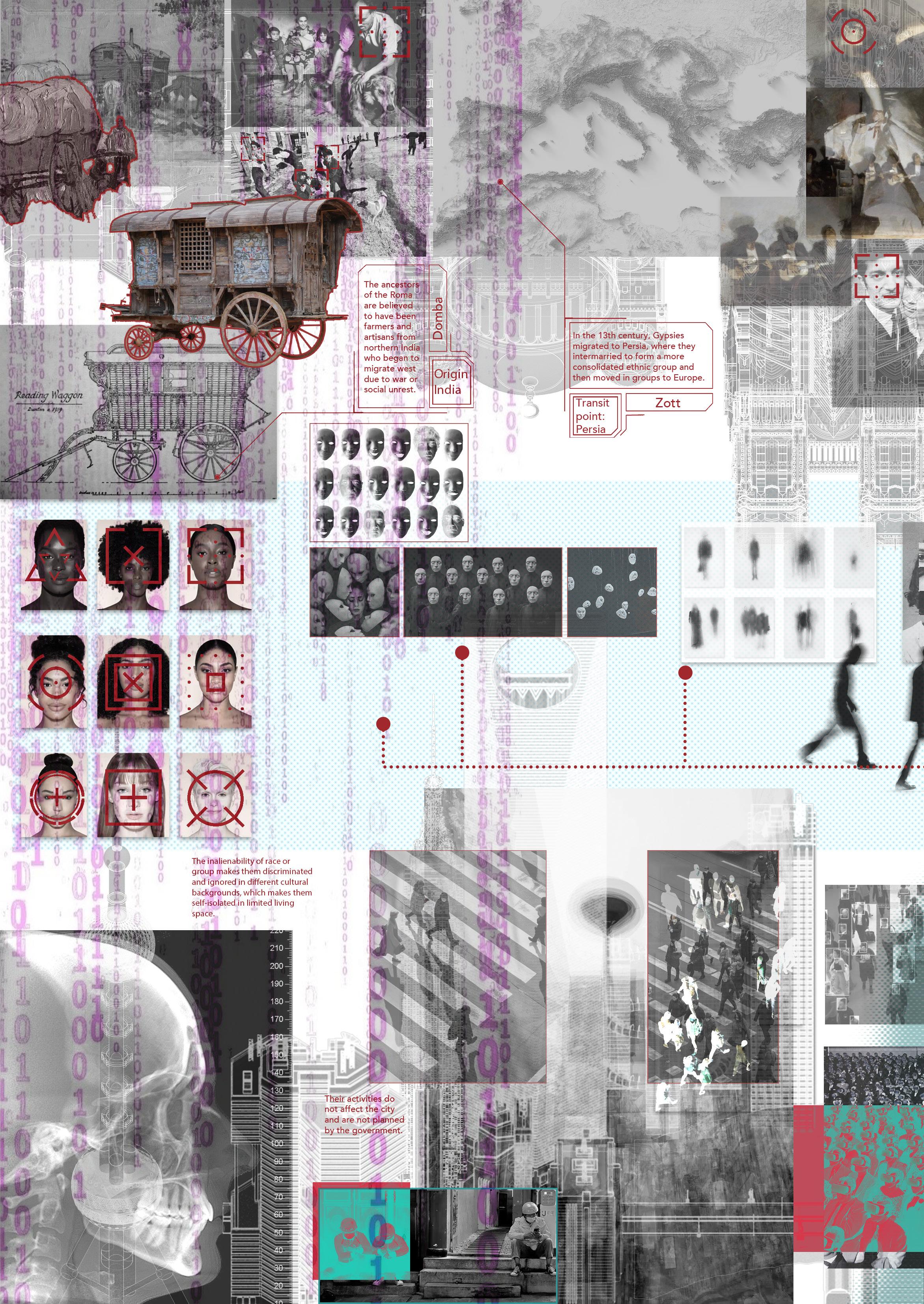
Types of Invisibility
Modern Invisible Life
Racial Invisibility
Racial characteristics make it difficult for a group to assimilate in a different cultural environment and thus be racially discriminated against or ignored.
Homogeneity Invisibility
In the context of urban homogenization, people's ways of working, living and playing are converging, and everyone acts as the same.
Urban Invisibility
Government and urban planners do not take some groups into account, and their activities do not have an impact on urban development.
Anonymous Invisibility
People are anonymous and isolated from each other behind the internet.
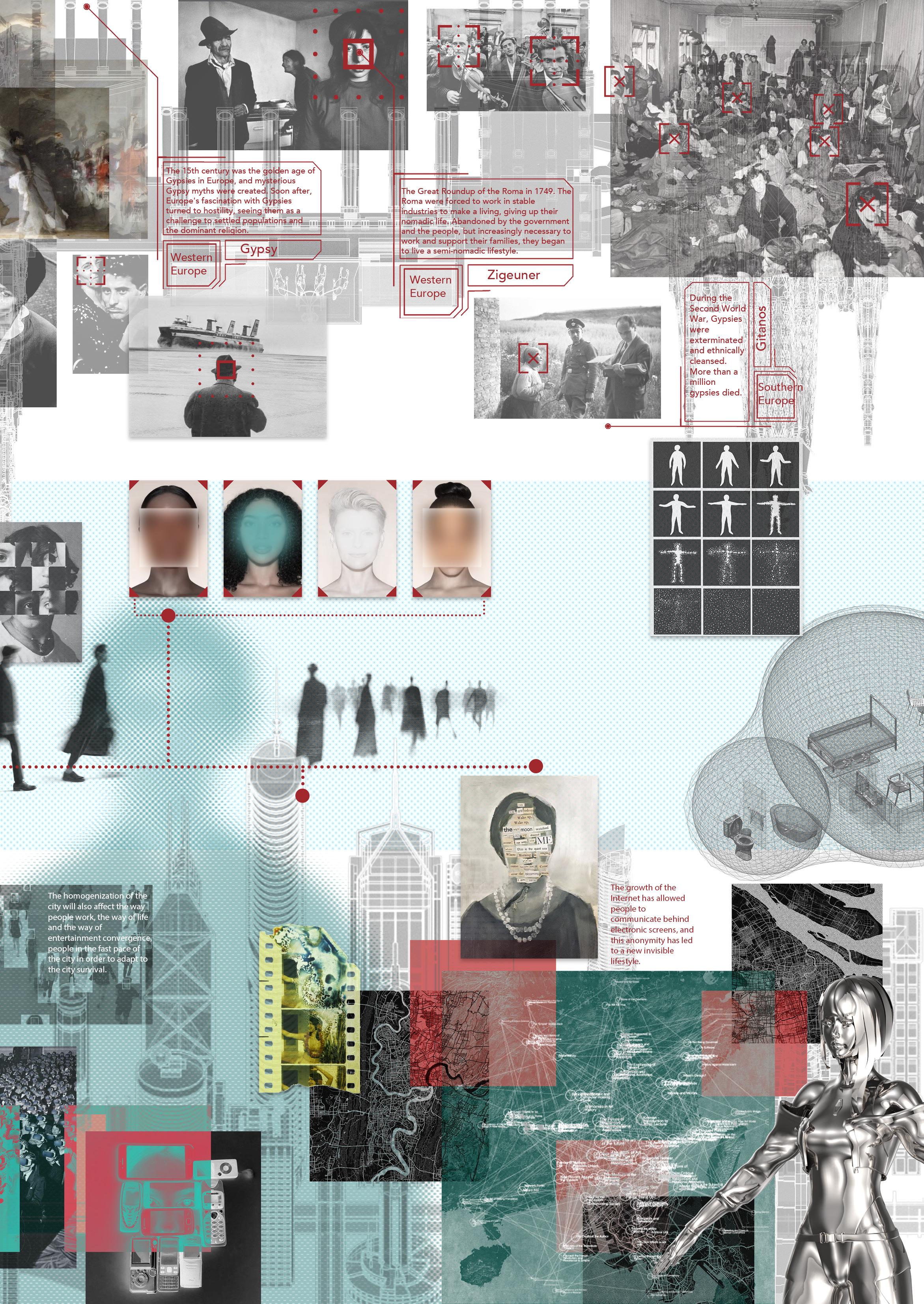
The bubble living structure can help people actively live in invisibility, and it can also help the invisible groups to embed in the life of the city and find the space to live.
Bubble Living Structure
Labelled Invisibility
In today's society, people are often reduced to labels based on stereotypes, which oversimplifies their identities and overlooks their individuality.This labelling creates a form of "invisibility," where the true complexity of a person is hidden behind societal expectations.
Invisible Living Structure in Context
The project explores the forms of occupancy in different spatial types. This project explores the different living forms of invisible residential units in three types of Spaces in three sites, namely buildings, cities and wild lands. And how to use bubble units as supports, enclosures, partitions and roof components to achieve invisible living collective communities.
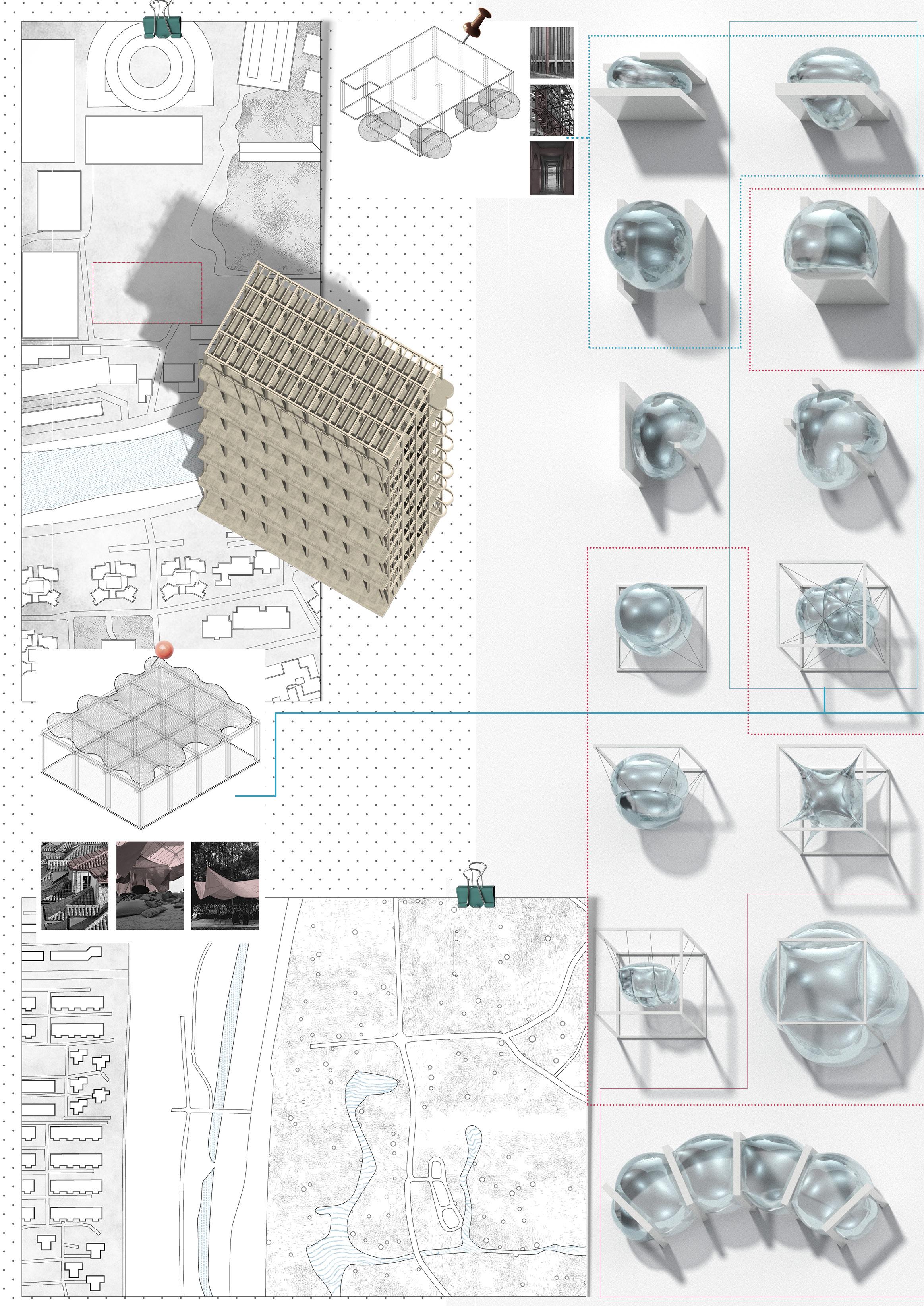
Site 1
Load-bearing Element
Bubbles as support structure to carry the weight of the building and external loads, such as roof, columns, beams, walls. etc.
Site 1
Former Site of a spinning mill
The Toyota Spinning Mill was abandoned in 2007. Today, the spinning mill was demolished in its southern half, and again the demolition of the house was called off because it was found to be of historical value, and thus the interior is a temporary residence for construction workers at a real estate development and construction site.
Roof Component
Bubbles sag by gravity to fill roof cavities as part of the roofing components or are inflated by bubbles to make them float as a temporary roof to be used for shelter.
Site 3
Gongqing National Forest Park
The bubbles fill in the gaps in the façade by inflating as well as bundling, acting as an enclosure, isolating the interior and exterior of the building from the natural elements.

Site 2
Fuxing Island
Dockyard Park
Fuxing Island is an artificial island in Yangpu District, Shanghai, China, which, as an old industrial base, has not been developed on a large scale in recent years as a land reserve.
Bubble modules are used as temporary shelters to satisfy the basic need for survival space, and to realise the need for invisible shelters by using three types of materials: reflective, refractive and transparent.
Partition Component
The modular inflatable bubbles can be spliced together to form channel spaces and achieve spatial partitioning. The second type of channel is to pull the mesh outside the bubble channel.
Temporary Housing
Site 2
Invisible Living Community in Buildings
The first site is located in an abandoned building, providing temporary shelter for urban invisible groups. The site is an abandoned spinning mill, partially renovated before the work was halted.
Construction workers and some wanderers have since made it their temporary home.
In this space, I designed bubble structures in various combinations beyond just housing units, fulfilling fundamental architectural functions such as support, enclosure, and partitioning. This transformed the abandoned building into an inhabited community.


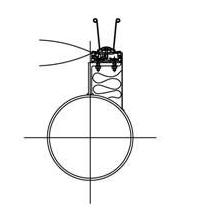


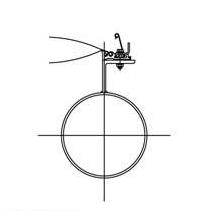







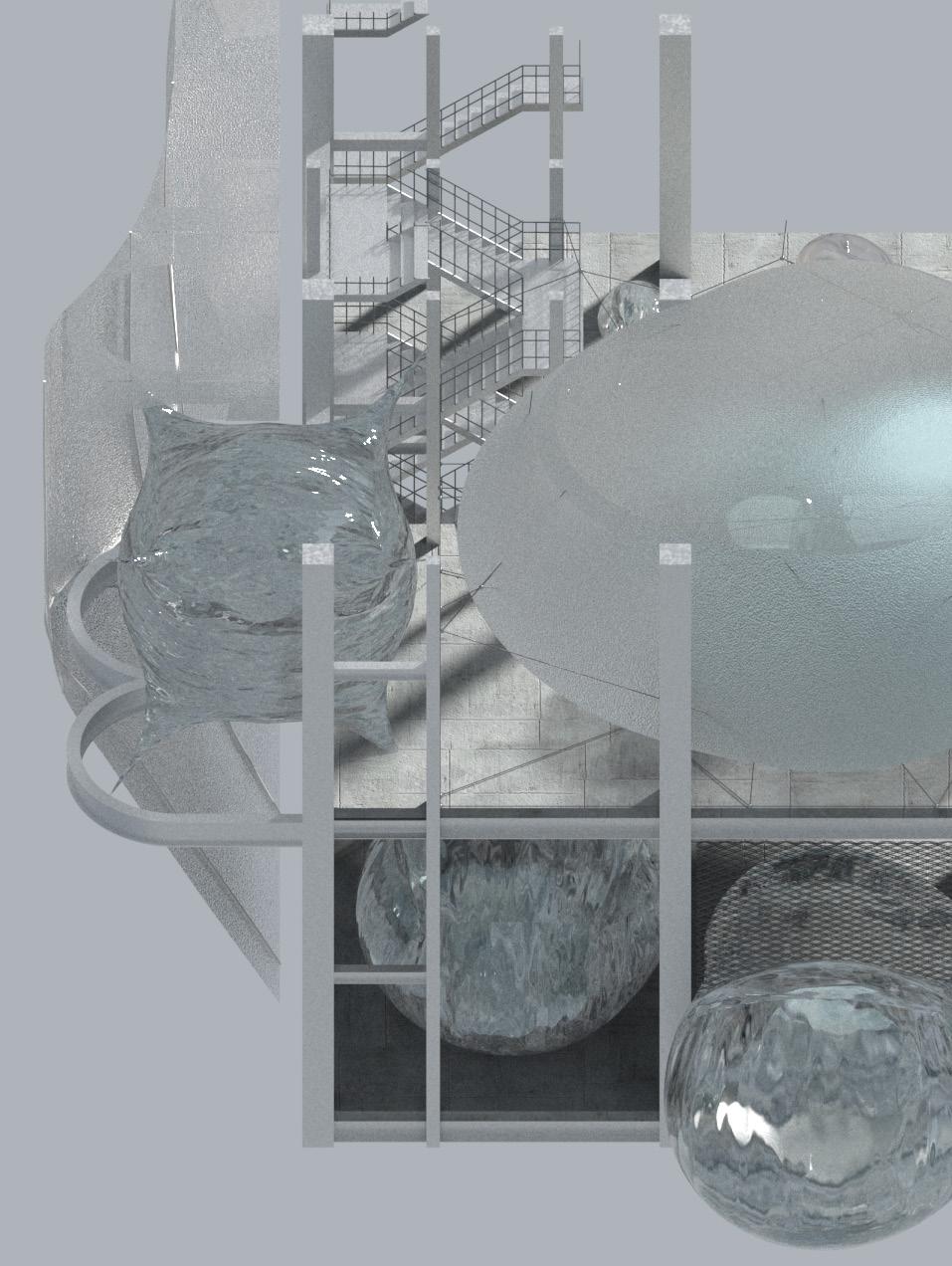

The bubble units are pulled tight by the mesh to corridor and a space partition wall to separate the private spaces.
Small reflective bubbles protect the privacy and living, while large translucent bubbles form a semi-invisible room on the periphery of the house, a transition public and private.




to form both a the public and and invisibility of semi-invisible living area between

Invisible Living Community in City
The second site is an abandoned shipyard, where the project explores how communities can be embedded in the city, providing the possibility of urban living for isolated groups.
The air bubbles are tightened by tensioning membranes to form a temporary roof, while the dwelling is suspended from an abandoned hanging tower to become a sky bedroom, and a tensioning net pulls up a living room over the water.
The main materials used are reflective materials to represent the homogeneity invisibility of the city.
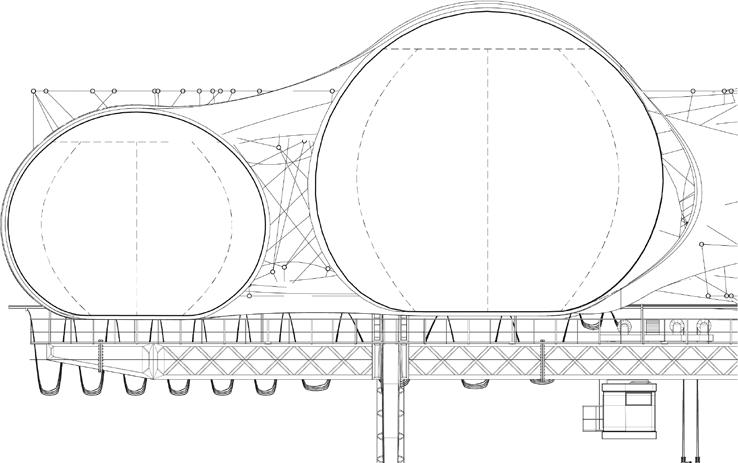

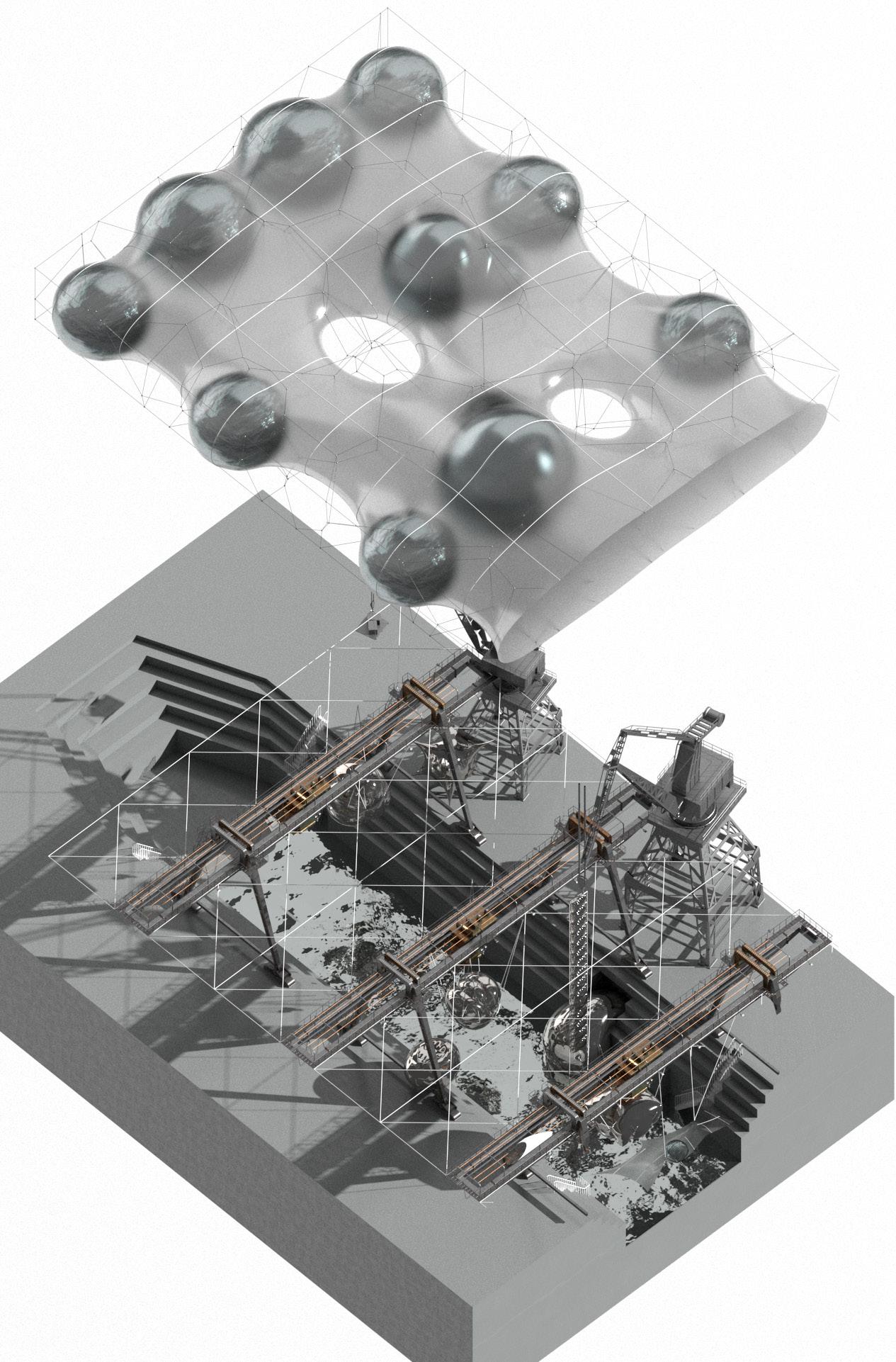






Temporary Roof
Suspended Living Unit
Roof Ladder Temporary Living Unit

Invisible Living Community in Wild Land
The bubble community in the wild land is designed in two primary forms: suspended living bodies and temporary roofs, both constructed using modular bubble units. These designs cater to the dynamic and transient nature of life in such environments, providing adaptable and efficient solutions for shelter.


The suspended living bodies offer elevated spaces that minimize environmental disruption, while the temporary roofs provide flexible, portable coverage suitable for various terrains and climates.


The primary inhabitants of the wild land, including displaced urban residents and nomadic peoples, typically require semi-concealed living arrangements rather than complete invisibility. This shift in lifestyle needs has led to the adoption of translucent materials in the construction of these bubble units. These materials strike a balance between privacy and openness, allowing for a semi-invisible living mode that harmonizes with the natural surroundings while offering functional and aesthetic advantages.
Suspended Sleeping Pod
Outdoor Living Room and Temporary Roofs
Interior View of Suspended Sleeping Pod

Isolated Community
Single-mother Community Design
1/Individual Work
2/Location: Liverpool, UK
3/Time: 2023
Toxteth, Liverpool, was once a belonging black community isolated from the city. But after the mandatory house purchase policy of the 1970s, black men were evicted and the L8 had the highest proportion of single women in Liverpool. In addition to being racially policed, single women face class segregation. After the success of their manual renovation of the community, their living space is gradually occupied by rich men, old buildings, and spiritual places are demolished, and this is no longer a livable community for them.
The new community is between St patrick's Catholic Primary School and the old community of single mothers. Through the investigation of the surrounding situation of the site, I set three forms of walls, the living wall, the commercial wall, and the boundary wall. They are woven into the steel framework, and all the founction block have inserted of the framework to build up the community.
By exploring the form of the wall, the project echoes the form of isolation from the abstraction, and through the method of blurring the boundary, the community can gradually integrate into the society, and at the same time play a physical isolation role in the surrounding unstable areas to protect the safety of the community.

Toxteth History
1940s Black Community
After the 1940s white people moved out of the community, it became a black community with a sense of belonging and continued the street activities of their Caribbean carnival.

1970s Compulsory Purchase Order
1981 Toxteth Riots
The 1981 Liverpool riots brought tensions to a peak, intensifying slum clearance efforts and resulting in the demolition of women's collective spaces.
After the implementation of the compulsory housing purchase policy in the 1970s, Black men were displaced and forced to leave the community, while women faced racialized surveillance. This area became the place with the highest proportion of single mothers.
Mid 2000s 'Homes for a Pound' Scheme
1980s-1990s Single-mother Community
After becoming a community of single mothers, women began engaging in protests and other forms of resistance. With the support of the government's "Homes for a Pound" policy, they started manually renovating houses.
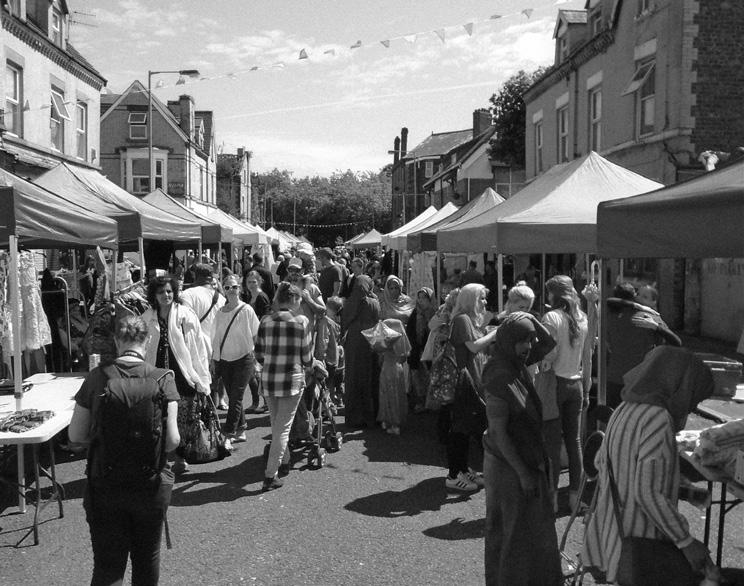
Mid 2000s Granby Four Street Project

The success of their renovation projects attracted capital investment, leading to gentrification and rising rents, which once again left them marginalized.

Collective Belonging period
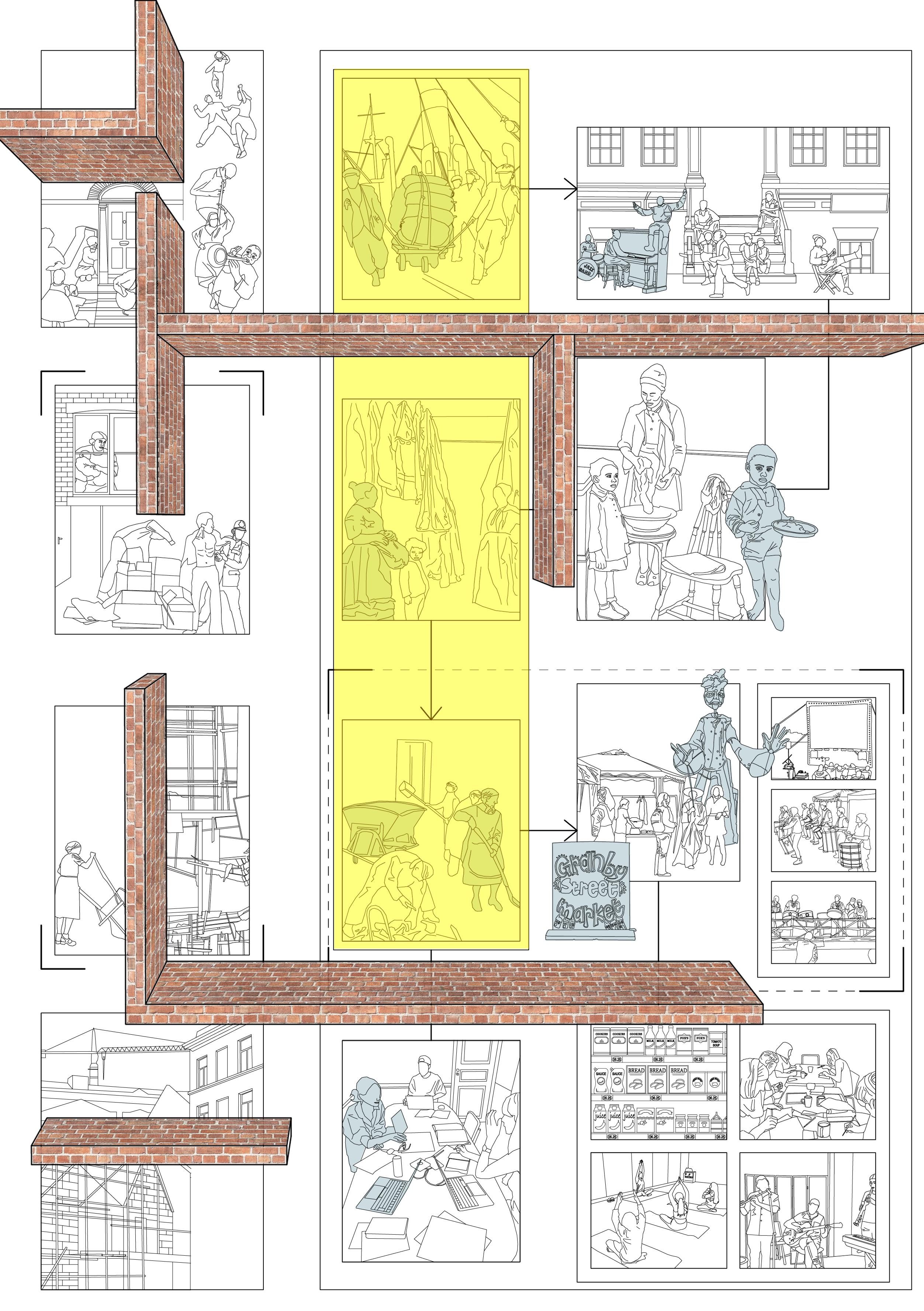
Single-mother Community
Isolated Period
After black males were evicted by the city council, only single mothers were left in the community.
Working Class
Reconstruction Period
Women demonstrated, marched, and renovated their neighbourhoods.
Middle Class Community
Marginalization Period
Middle Class
After the award-winning housing project for women's renovation, the neighbourhood attracted the attention of the wealthy and became progressively gentrified.
The Black Community Period residents have always gathered in front of the open spaces and steps to play and dance to improvised jazz.
Granby street market is a regular weekly market in the women's refurbished neighbourhood, with spinoff street entertainment in addition to a resident-run flea market.
Children prevent single mums from having a work and play life.

St Patrick's Catholic Primary School
In a period of racial tension, many residents of Afro-Caribbean and other black groups have faced severe social exclusion and economic hardship. The children of these groups experience varying degrees of racial discrimination and social exclusion at St Patrick's Catholic Primary School.
Community

Frontage Shops Area
Frontage shops are a way for residents to engage with the community, providing opportunities for residents to work and for lone mothers to work closer to home to make caring for their children easier.
The shops are also targeted at the local population and can help black ethnic minorities to come together and integrate into the local community, such as English language schools.



Altar Pottery
Windsor Community Primary School
FireFit Youth and Community Hub
Frontage Shops
St Patrick's Catholic Primary School
Squash Cafe & Shop
Isolation
Single-mother Community
Because of the separation and incompatibility of the three districts, the site is inserted into the area like a needle, adjusting and balancing these three districts.
Single-mother Community

In the front yard, a single mother trims flowers while neighbors pass by, greeting each other warmly and exchanging everyday conversations, showcasing the neighborhood's warmth and support.



Inside, the home is filled with warm light and a peaceful atmosphere. The mother works in the kitchen while the children play in the living room, making the home feel secure.
The backyard is a place where mothers rest and work. A few women gather together, quietly discussing parenting tips or neighborhood matters. They are hanging laundry or tidying up the garden, moving with ease and natural grace. Single-mother Community
High Unemployment District
The neighbourhood across the street is a high-unemployment community where rubbish piles up on the curb, violence occurs, and homeless people congregate on the side of the road.




Design Process

1. The site is along the street, and is located between the single-mother community and the primary school.
2. The site is divided into public space and dwelling space, and two corridor are added for connection.
SPACE TYPE 1: Commercial Space
3. The commercial space continues the block frame of the adjacent building.

The commercial functional blocks are woven into the steel framework to form the commercial wall, providing a node for single mothers to engage with society.
SPACE TYPE 2: Transition Space
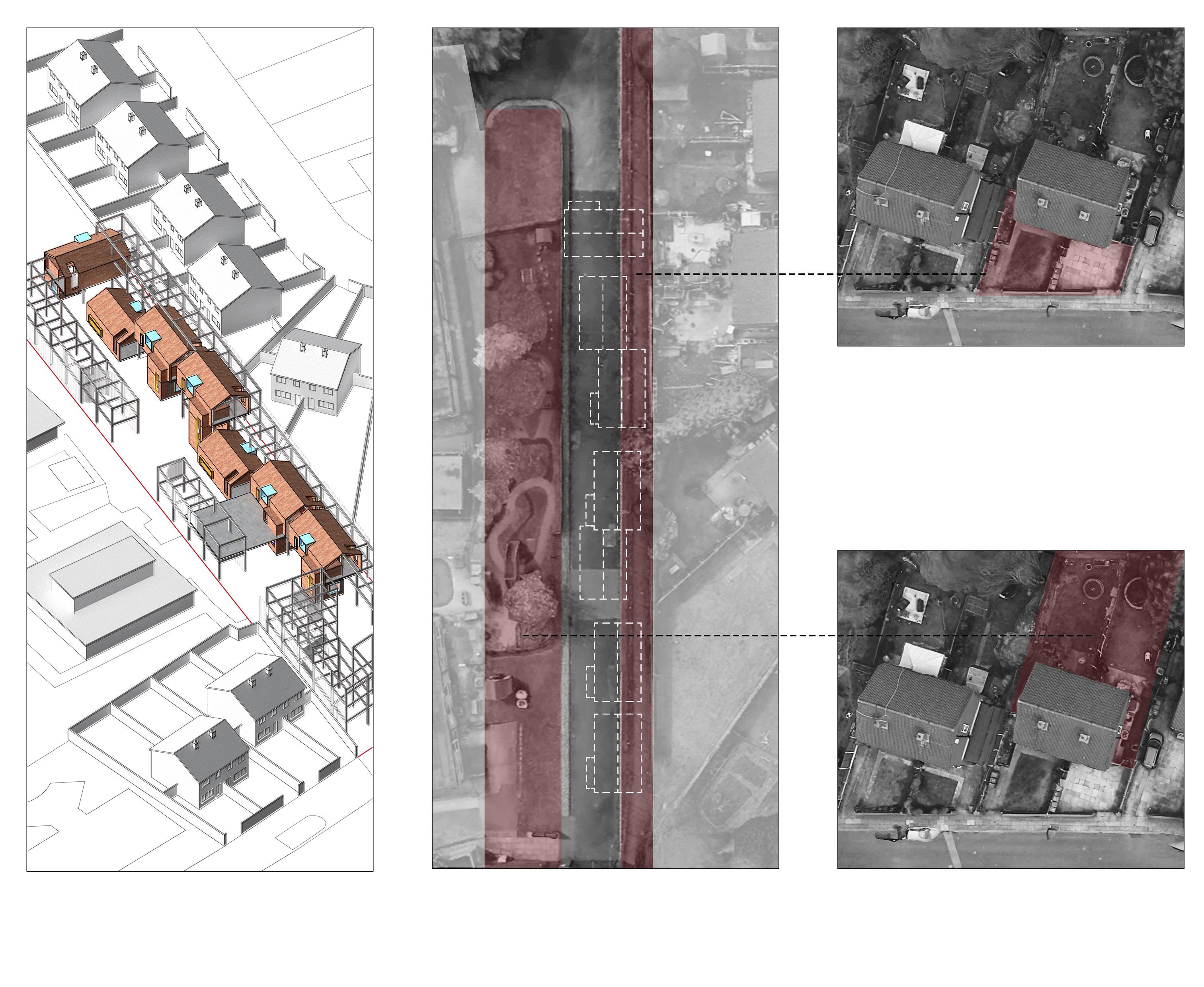

4. The corridor between community and the
CNC Homecare
Toxteth TV
Corresponding Façade Forms Facade Design
Frame Structure Design
Squash Cafe & Shop
Toxteth TV
Squash Cafe & Shop
HIL Language School Altar Pottery
Residential Stairwell
The new neighbourhood follows the form of a terraced house, with the area on the left serving as the backyard of the neighbourhood bordering the school garden, and the right serving as the front yard communicating with the backyard of the old neighbourhood.
The right serving as the front yard communicating with the backyard of the old neighbourhood.
The left serving as the back yard communicating with the school.
between the existing dwelling space.

5. The wall and corridor between the school and the community.

The structural framework continues the form of the adjacent site building. The façade design will integrate the corresponding façade forms of the different shops on this street.

SPACE TYPE 3: PRIVATE SPACE
The living unit meets the needs of single mothers for security and mutual assistance. The height dislocation enhances privacy, while the roof of the low-rise residence acts as the balcony of the highrise residence, and the courtyard below the highrise residence provides more opportunities for communication and mutual assistance between different residents in the community.
Community Design Axo
The living units of each family are inserted into the steel framework of the 'living wall'. 'Living wall' becomes a common front yard of the community and a place for communication and integration with the backyard of the old community.




Kitchen
Kitchen
Bathroom
Bathroom
Bedroom
Bedroom
Balcony
Balcony
Living Room


Single-mother Community Dwelling Space
The single mother community is a safe and dynamic place for them to live. The room, though simple, feels warm and alive, with children’s drawings on the walls and plants on the windowsill. Sunlight streams through the large windows, where a white cat naps lazily on the sofa. In this quiet corner, the bond between mother and child turns the space into a true sanctuary.





The semi-transparent walls of the passageway blur the boundaries between the new and old single-mother residences, allowing soft light to connect their lives subtly. New residents occasionally catch glimpses of the old ones through the walls, and this faint connection adds a gentle sense of belonging to the community
The courtyard buzzes with life as single mothers gather on the platform, sharing stories over tea or soothing their little ones. Children run joyfully through the passageway, filling the air with laughter. Climbing vines provide shade along the brick walls, while tables on the platform host a small community gathering with homemade snacks and drinks. This shared space is not just functional but a heartwarming hub of support and connection.
Corridor
Front Yard and Entrance
Front Yard Dining Desk
'Wall' Types
Boundary Wall
The wall acts as a border to prevent people other than the occupants from entering the neighborhood directly and to insulate the surrounding elements of unrest, such as unrest in areas with high unemployment.


Living Wall
As a soft border, the wall blurs the boundary between the community and the old single-mother community and between the community and the school, helping the community to better communicate and integrate with the surrounding areas.


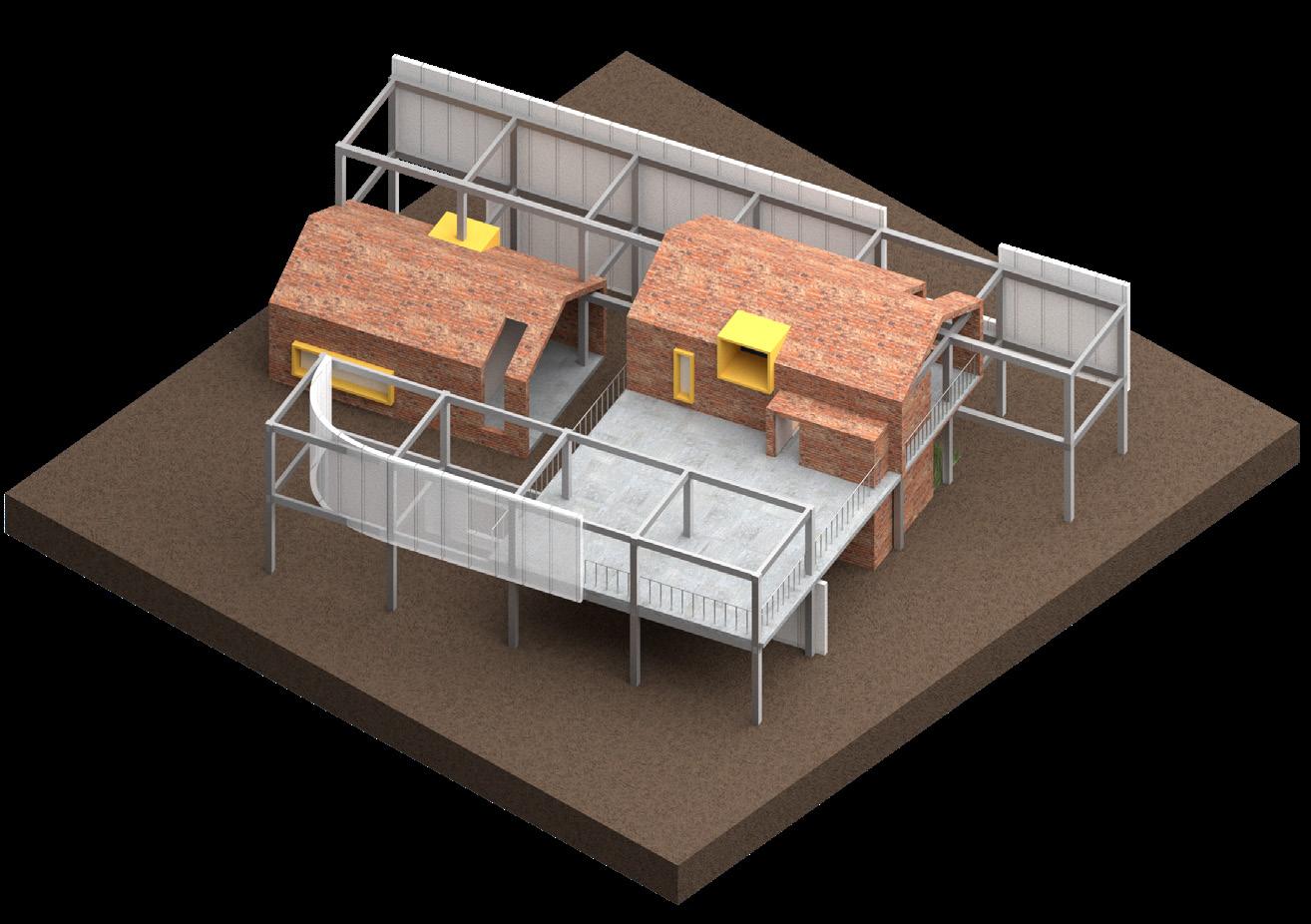
Commercial Wall
The commercial wall can carry out the public function needed by the single mother community. The proximity to their residential areas helps them balance work and life. Thus it provide them with work opportunities to help them integrate into society.

The business district serves three main functions. First, it provides job opportunities and helps them connect with society. In addition, the arrangement of the commercial area on the street continues the typology of this street and the commercial area on both sides. Finally, the business district serves as the boundary and transition zone, which prevents outsiders from entering the community directly and ensures the safety of the community.
Commercial Wall Section




Language Corner
Community Market
Blurred Boundary
Sports Facilities for LA 2028
1/Location: Los Angeles
2/Academic work: 2023 summer
Contribution
Group Work: Anyu Zhang
Wenbing Mi
By repositioning and rearranging sports units, which traditionally separated in different area of the city due to gentrification and community separation, the project refines the boundary with architecture and urban approaches.
The units are being place in an unsymmetrical sandwich system where one of the surface is facing Pershing square for information displaying and public space. Where the inner area of the project still reminds clear distinction to highlight the conflicts and it’s original spatial qualities derived from different sports typologies.
The project overall deals with the the intangible boundary of sports and physical boundary of architecture and public space, with a sustainable architectural language and composite structure.

Sports and Class

Working class

It’s a sport for everyone, but children of working class families do play it often because there’s a football field at every corner and a ball is cheap. A lot of professional players come from working class families, because of lower barrier of entry as opposed to hockey, tennis, baseball or dressage. But sending your kids to these clubs isn’t cheap though.

Middle class

Private club teams are often reserved for the top-tier athletes and often require a substantial financial commitment from the family. At an elite level, these private club teams can cost from an average of a few thousand dollars per year to more than $20,000 per year in some sports

Upper middle class

All of which involve club teams rather than school teams and costs considerably more than any of the other team sports. Through the expenses involved, ice hockey and lacrosse are almost exclusively associated with the upper-middle class, often times not even offered in areas of lower class.

Upper class

These pastimes include individual sports and sports that are played at private clubs not open to the public ,Most of which are consistent with the preferences of the upper class, either because they exemplify the virtues that the class hold dear or because they are pursued as ends in themselves rather than for instrumental purposes.

Markovitz-Daniel
the Guido Calabresi Professor of Law at the Yale Law School and the founding director of the Yale Center for the Study of Private Law.

janitors, cleaner

Lower working class

low cost in urban areas
They rely on a skill to get a lower salary, but their working hours are relatively fixed, sports for them is a kind of recreation, they can use the remaining less money to go to the low-end venues, and they are also in the same class of people.
based on physical strength and daring

Under class
Low-income workers

These sports are often available at low cost and in urban areas and are accessible to all. These sports serve as a legitimate way of establishing self-respect and a sense of masculinity – traits necessary for survival in a modest background. have available.
Martin Luther King Jr a Baptist minister and social activist who led the civil rights movement in the United States from the mid-1950s until his death by assassination
Keanu Charles Reeves Hollywood actor, later because of career fall, he began to live a "Hollywood homeless" life.Living alone in a motel for four years; A pair of shoes wear out with a few laps of tape
Block Generate Diagram
Liberty Island, New York Harbor


The Olympics, being temporary, often leave many venues underutilized after the events end, which is detrimental to sustainable development. Therefore, considering the use of detachable structures to maximize venue utilization.
Site basic informatiom,facing Pershing Square.
On the ground floor, place two distinct units with high accessibility.


spherical natatorium, placed at the top, symbolizing the concept reaching ideal status.
Construct detachable structures on both sides.
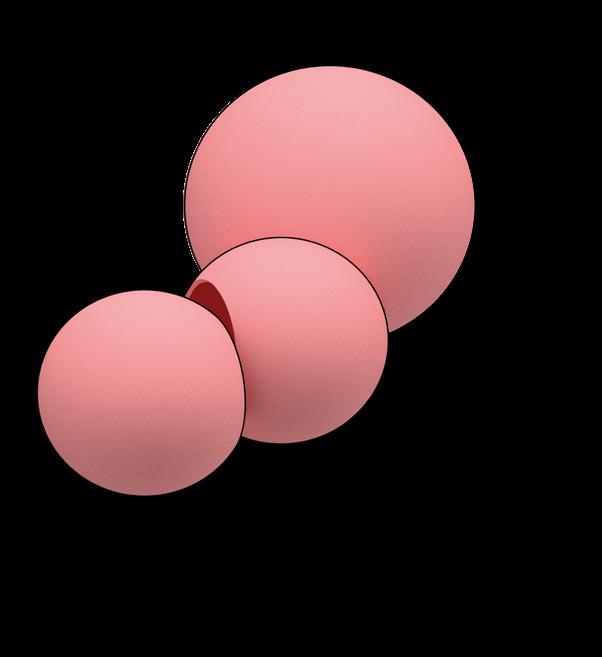
Disrupt hierarchy; continue adding units upwards

Using representative global locations as examples, explore the division of each venue into individual units for reuse. Transforming specialized venues into community sports facilities blurs boundaries through sports once again..
The street-facing buildings serve as support facilities for the sports venues.
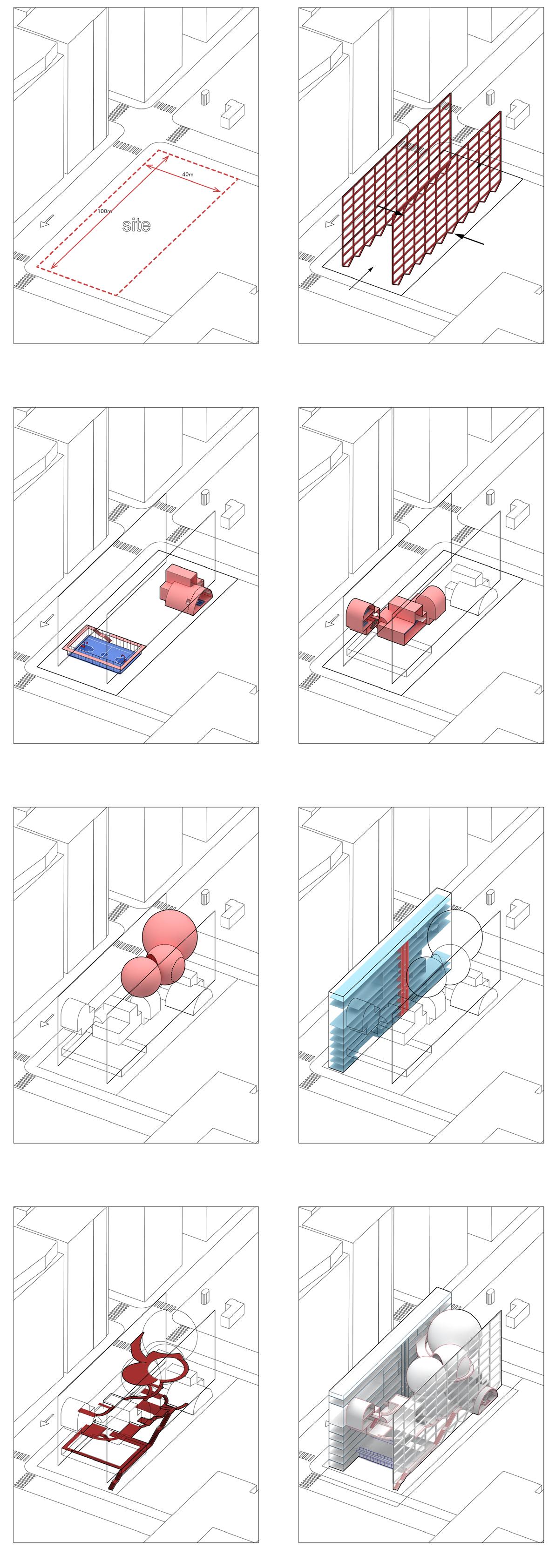


Paris
London
Shanghai





Small Space Rendering





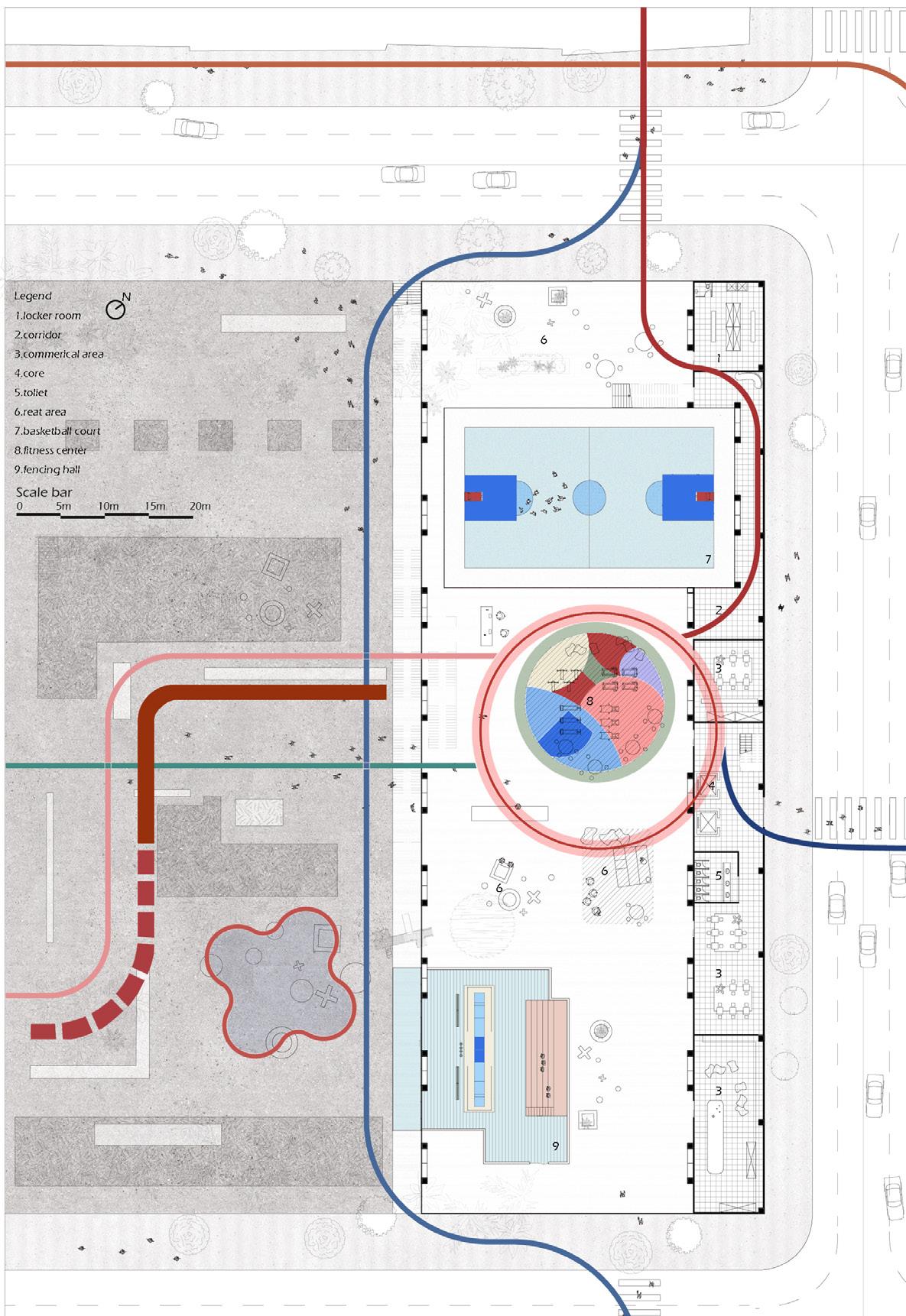
Sport Space Rendering


